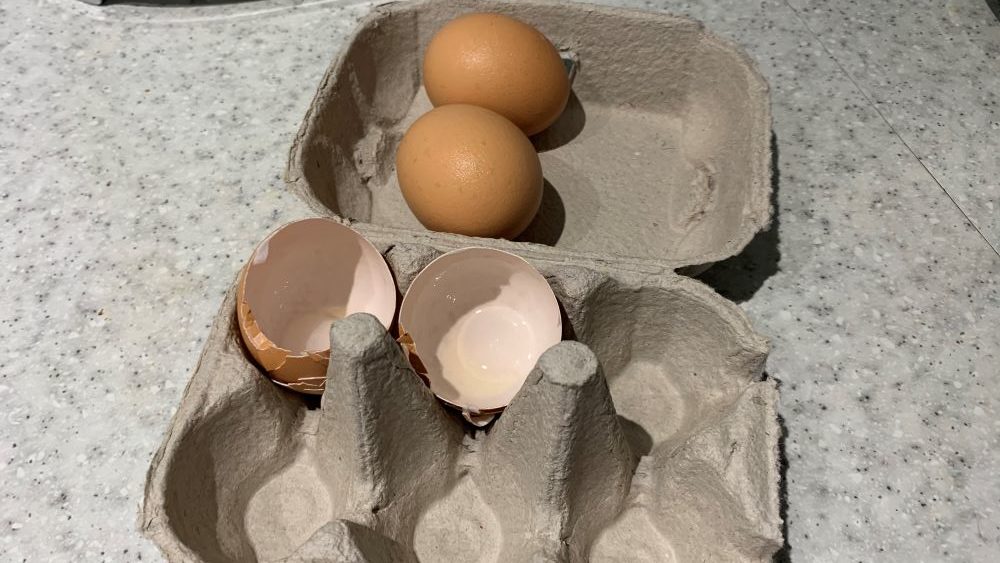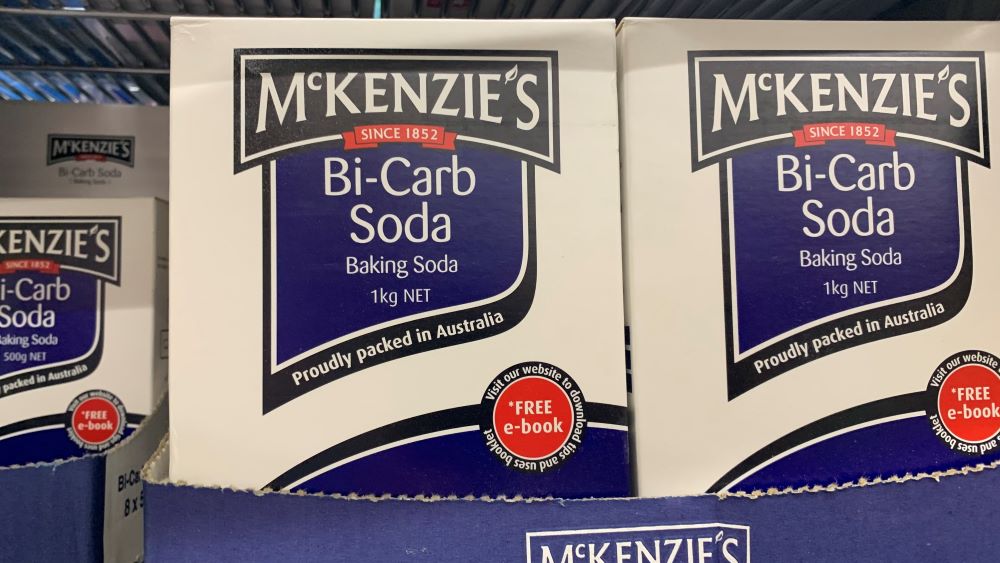While it’s all right for cake to be, well, cakey, the same can’t be said for homemade cookies. Fortunately, there are easy methods to make your cookies chewier and less “fluffy,” and most involve changing how you use the ingredients.
To fix homemade cookies that turn out too cakey, start by using melted butter in the recipe, avoid overbeating the mix, decrease the amount of baking powder, and drop the pan on the counter to reduce air bubbles.

This article will explore 9 easy ways to make cookies less cakey that you can try at home.
9 Ways to Make Cookies Less Cakey
Check out these 9 easy tips to fix homemade cookies that are too cakey.
1. Use Melted Butter, Not Room Temperature Butter
A lot of homemade cookie recipes ask you to use butter at room temperature but melted butter will work much better.
Using room temperature butter will stop cookies from spreading out too much. When you use melted butter, your cookies won’t be as cakey because they’ll spread out a lot more than if you’d used either room temperature butter or cold butter.
2. Avoid Chilling the Cookie Dough
Chilling cookie dough as this can cause cookies to come out cakey.
When dough is chilled in the refrigerator, it creates a cookie that is puffy and won’t spread out as much.
You get a flatter, denser cookie in the end if you keep the cookie dough at room temperature, instead of a cakey one.
If you have bought ready made cookie dough, leave it on your bench to come to room temperature. This will usually take around 1 hour.
Check out this great all round cookie recipe that can be adjusted to be chewy, crispy or cakey.
3. Avoid Overbeating the Butter and Sugar
Even though beating the butter and sugar is an important step when baking homemade cookies, you shouldn’t go overboard with this step.
The more you beat these ingredients, the more air you incorporate into the mixture, which causes the cookies to be too cakey when they’re done.
4. Decrease the Amount of Baking Powder
Baking powder is great when you want something cakey, but not when you want a non-cakey homemade cookie.
Don’t eliminate baking powder altogether. Instead, decrease the amount by 1/4 teaspoon and test out a batch before deciding if you need to reduce the amount even further.
5. Use Butter in Place of Shortening
Shortening automatically makes your cookies much fluffier, so if you don’t want that to happen, all you have to do is use real butter in place of the shortening.
Butter also gives you a more buttery taste and a denser cookie.
6. Use Less Flour
Using less flour in the recipe will help to avoid your cookies becoming cakey.
Start by using 1/4 cup less flour than you usually do. With each batch you can slowly reduce the amount of flour by ¼ of a cup.
Reducing the flour to butter ratio will help the cookies to come out chewy rather than cakey.
7. Drop the Pan on the Counter
After you bake the cookies and remove the tray from the oven, drop the tray on your countertop or a cutting board 2-3 times.
This will automatically make the cookies thicker and flatter, mainly because it removes some of the air from the cookies.
You can also do this before you bake the cookies. This will help to remove any air bubbles and make the cookies, flatter, thinner and less cakey.
8. Reduce the Amount of Eggs
Eggs add fluffiness to your homemade cookies, so if you reduce the number of eggs by 1/4 or even 1/2 your cookies will be flatter and denser.
If the recipe calls for only one egg, you can try adding just the yolk instead of the entire thing.

9. Add Baking Soda
Baking soda makes cookies flatter and denser, so even if your recipe doesn’t call for it, go ahead and add 1/2 teaspoon to the recipe for better cookies.
If it does call for baking soda, try reducing the amount by 1/4 teaspoon and see if that works.

Why Cookie Dough Becomes Cakey
By now you’re likely wondering what causes cakiness in your homemade cookies in the first place. Here are 3 main things that make your homemade cookies cakey.
Eggs
Since eggs are leavening agents, they can make your cookies cakey if you use too many of them. Try reducing the number of eggs or at the very least, do not add any extra eggs on top of the one already required by the recipe. If you need extra liquid, add a tablespoon of water instead of another egg.
Baking powder and baking soda
Baking powder tends to make baked goods a little cakier, so if your cookies come out too fluffy, try using 1/4 teaspoon of baking soda instead of the baking powder. If you do this, make sure you use an acid such as brown sugar so the baking soda is activated and works properly.

The flour
Too much flour can make your cookies too cakey. Flour is used mostly for cakes and similar baked goods, which means one of its purposes is to make things fluffy instead of dense. To remedy this, simply reduce the amount of flour you use in your cookies.
What Makes Cookies Chewy vs. Cakey?
The main difference between a chewy cookie and a fluffy cookie is the amount of sugar and butter used.
For thin and crispy cookies, use 2 1/2 sticks of unsalted butter, 3/4 brown sugar, and 1 1/4 white sugar. For cakey and fluffy cookies, use 1 3/4 sticks of unsalted butter, 1/4 brown sugar, and 3/4 white sugar.
Pay close attention to the other ingredients and follow the instructions to the letter.
How to Make Cookies Chewy Instead of Crunchy
Getting crunchy cookies requires less moisture and liquid ingredients. If you use flour that has more protein in it, such as all-purpose and whole-wheat flour, you can usually get crunchier cookies.
What Is the Secret to Chewy Cookies?
Chewy cookies need flour with lower protein amounts, such as cake flour. They also benefit from baking them at higher temperatures and shorter periods of time.
You can also use other grains in place of flour, including oats, coconut, and even quinoa.
Conclusion
Changing cookies from fluffy cookies to denser and flatter cookies isn’t as difficult as it seems. For the most part, you can change the texture of cookies by altering the amount of ingredients in each recipe. Following recipes to the letter also helps.
I am an accredited practicing dietitian, experienced gardener and a dedicated cook. I love writing and sharing my experience so you can learn from my successes and mistakes.
